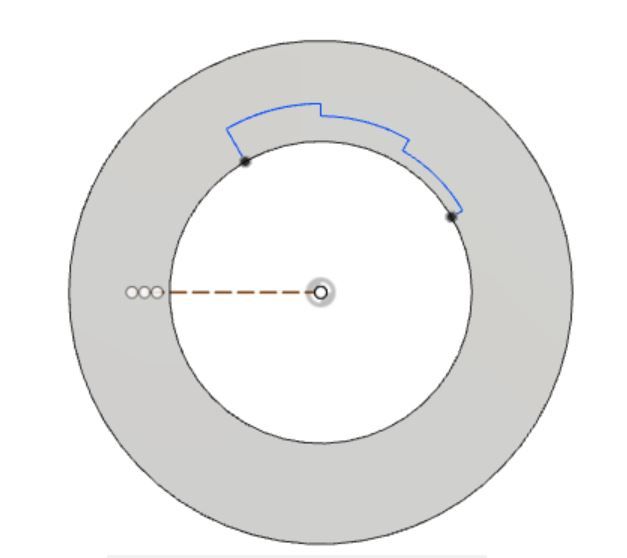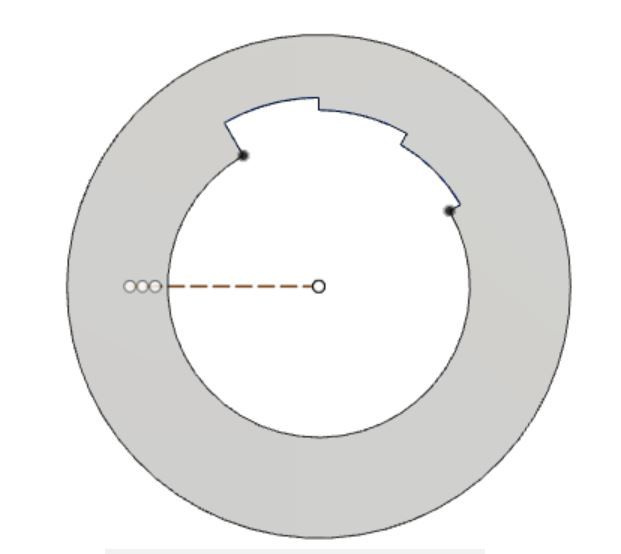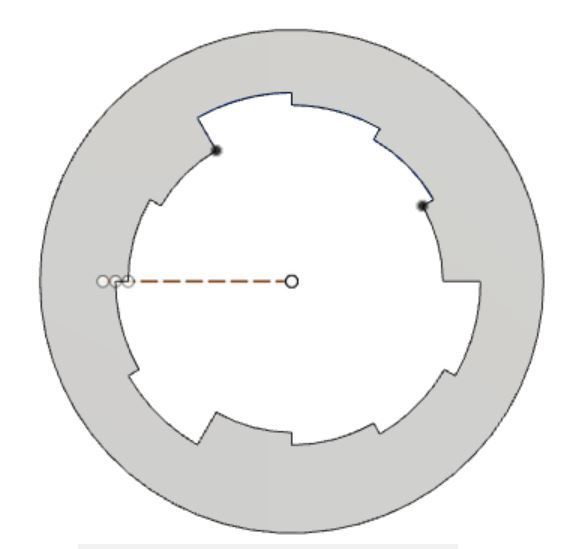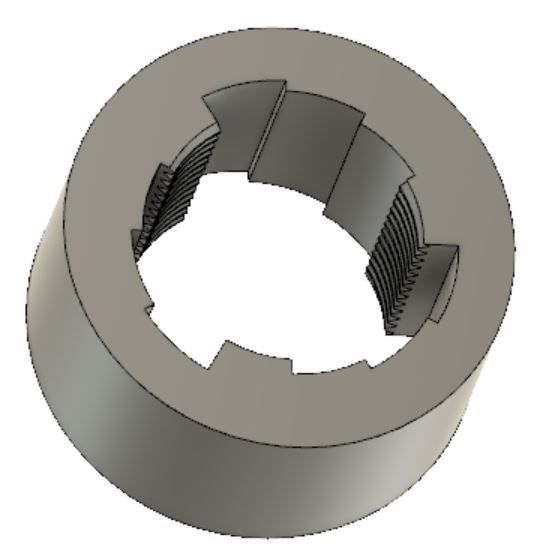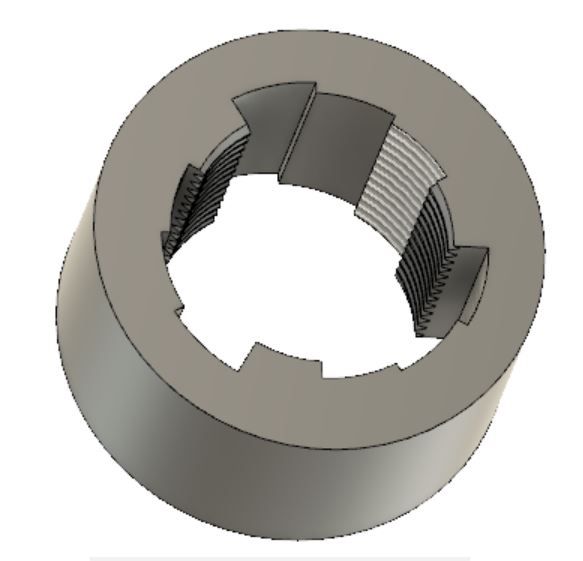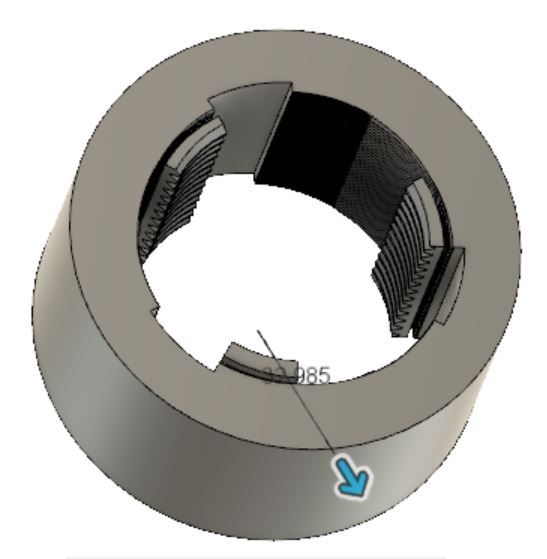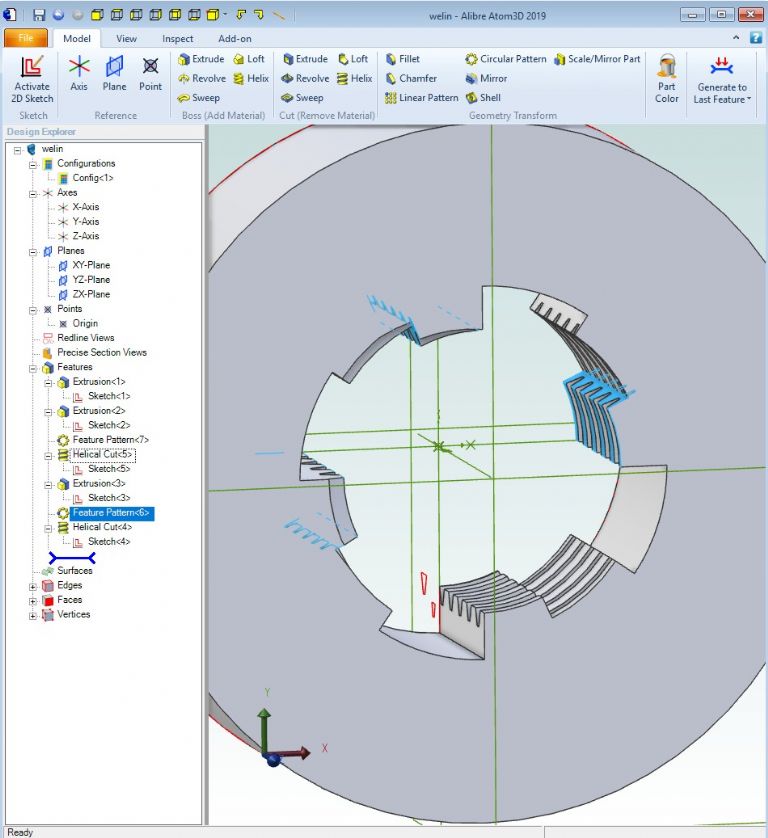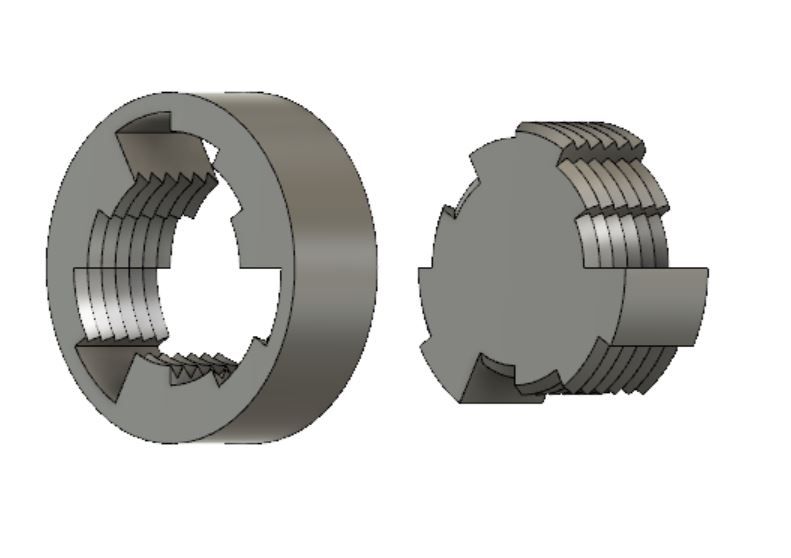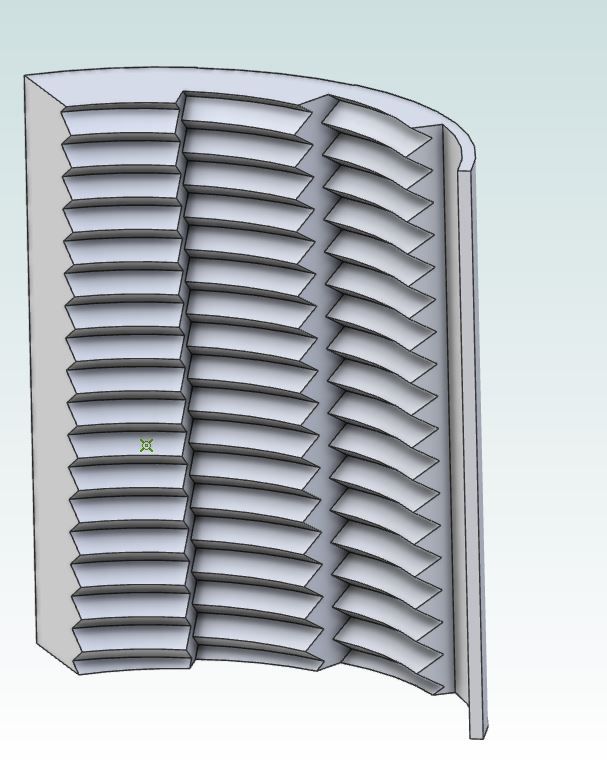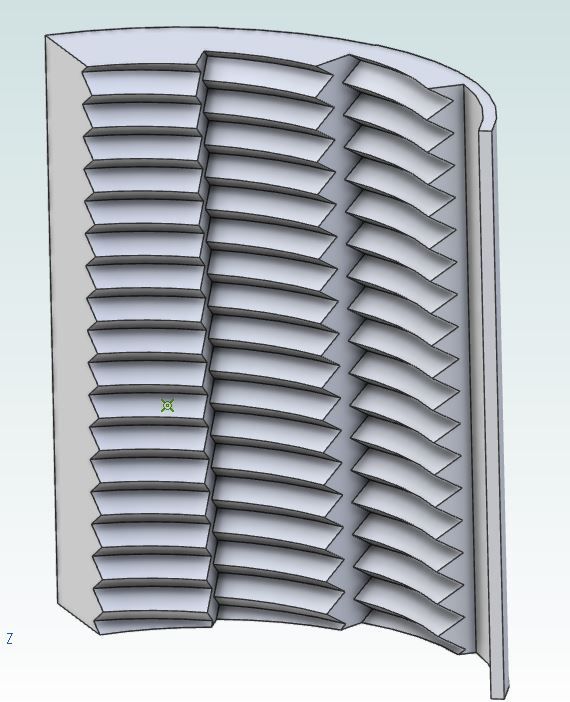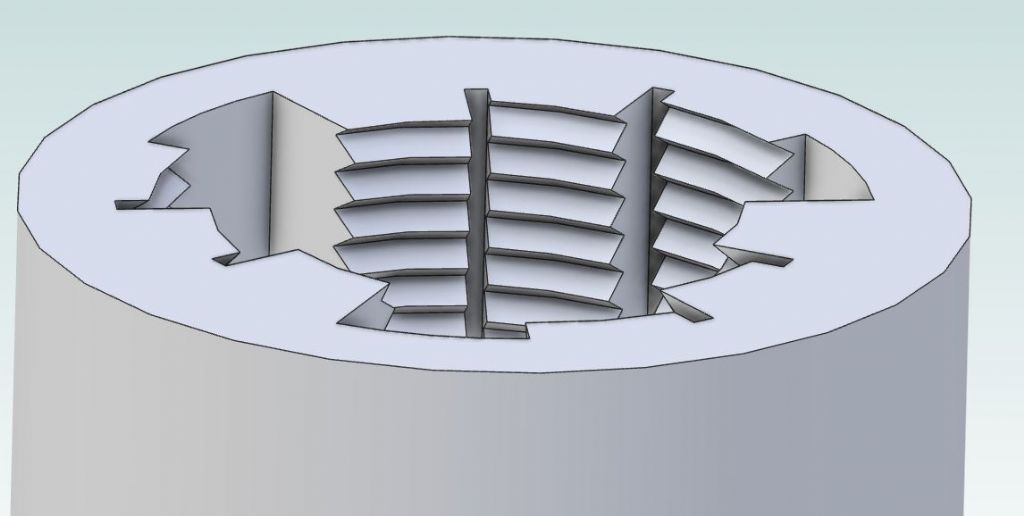How to CAD Model a Welin Interrupted Screw?
How to CAD Model a Welin Interrupted Screw?
- This topic has 17 replies, 8 voices, and was last updated 21 September 2019 at 07:43 by
 Michael Gilligan.
Michael Gilligan.
Viewing 18 posts - 1 through 18 (of 18 total)
Viewing 18 posts - 1 through 18 (of 18 total)
- Please log in to reply to this topic. Registering is free and easy using the links on the menu at the top of this page.
Latest Replies
Viewing 25 topics - 1 through 25 (of 25 total)
-
- Topic
- Voices
- Last Post
Viewing 25 topics - 1 through 25 (of 25 total)



